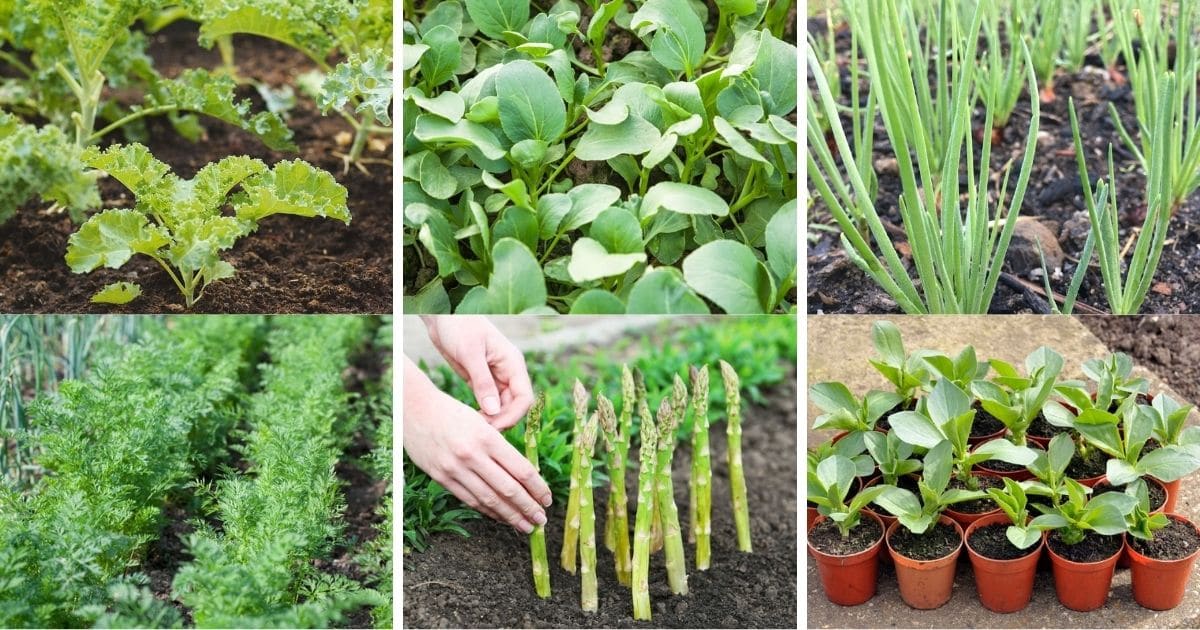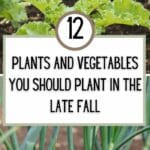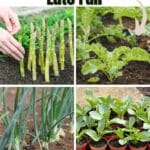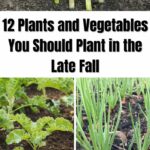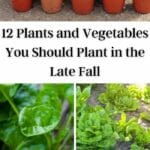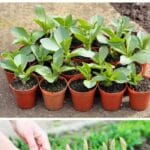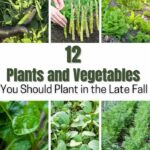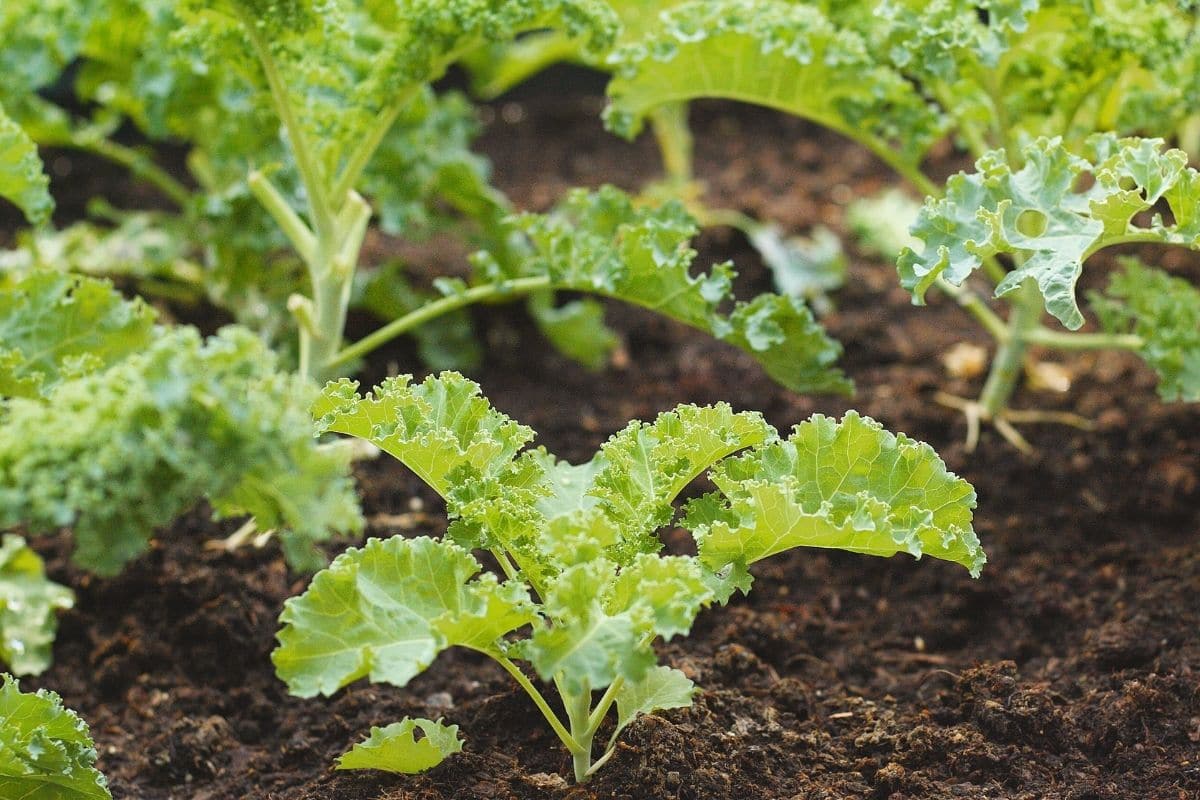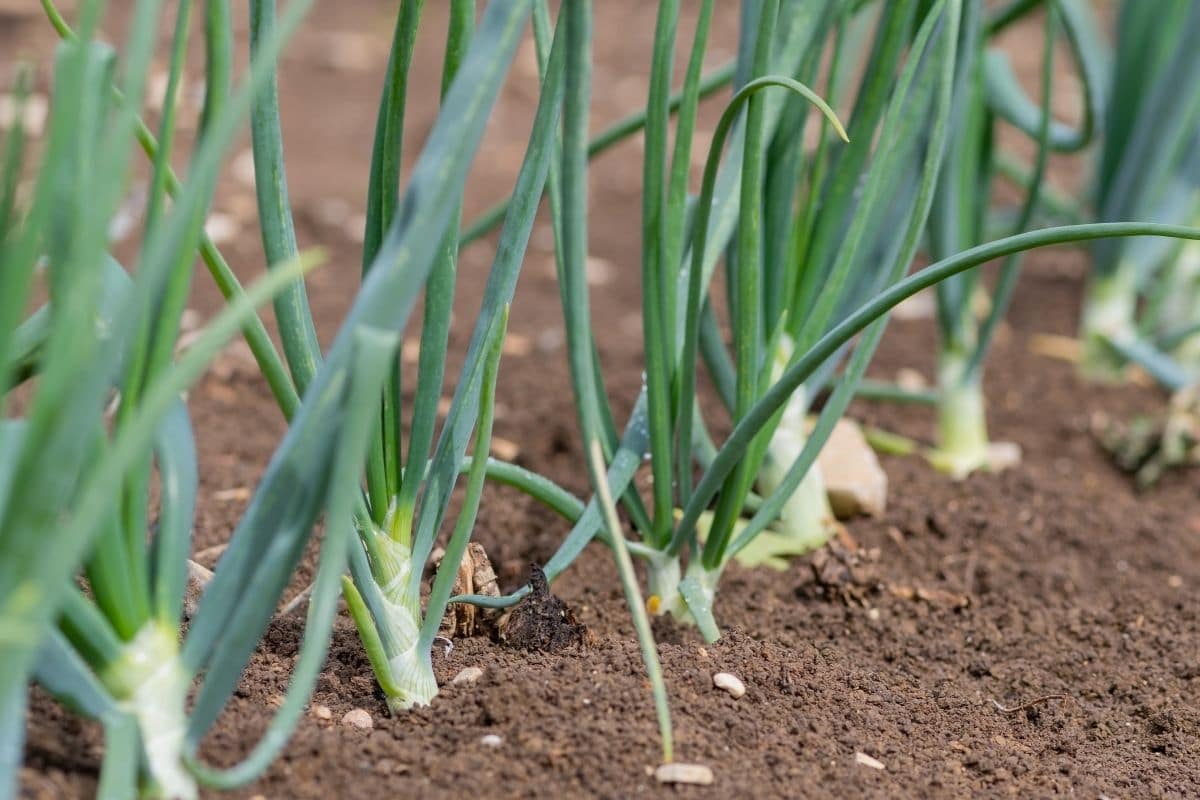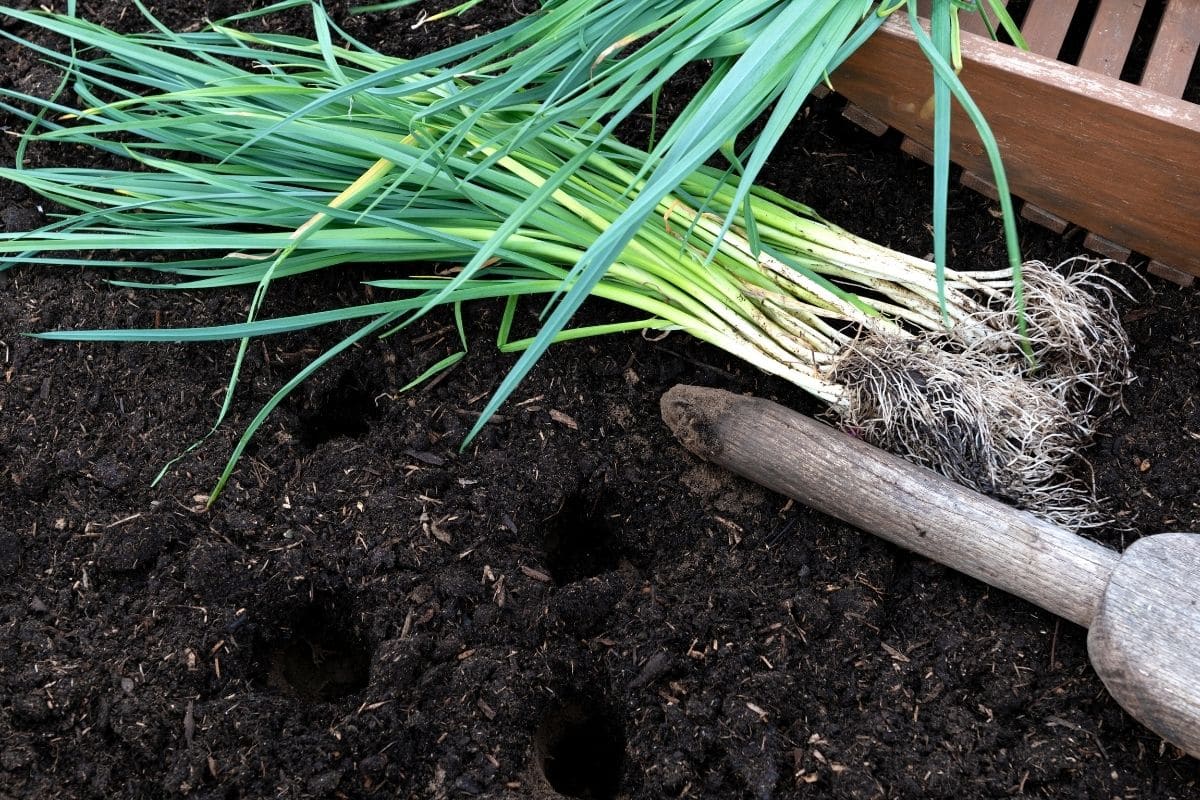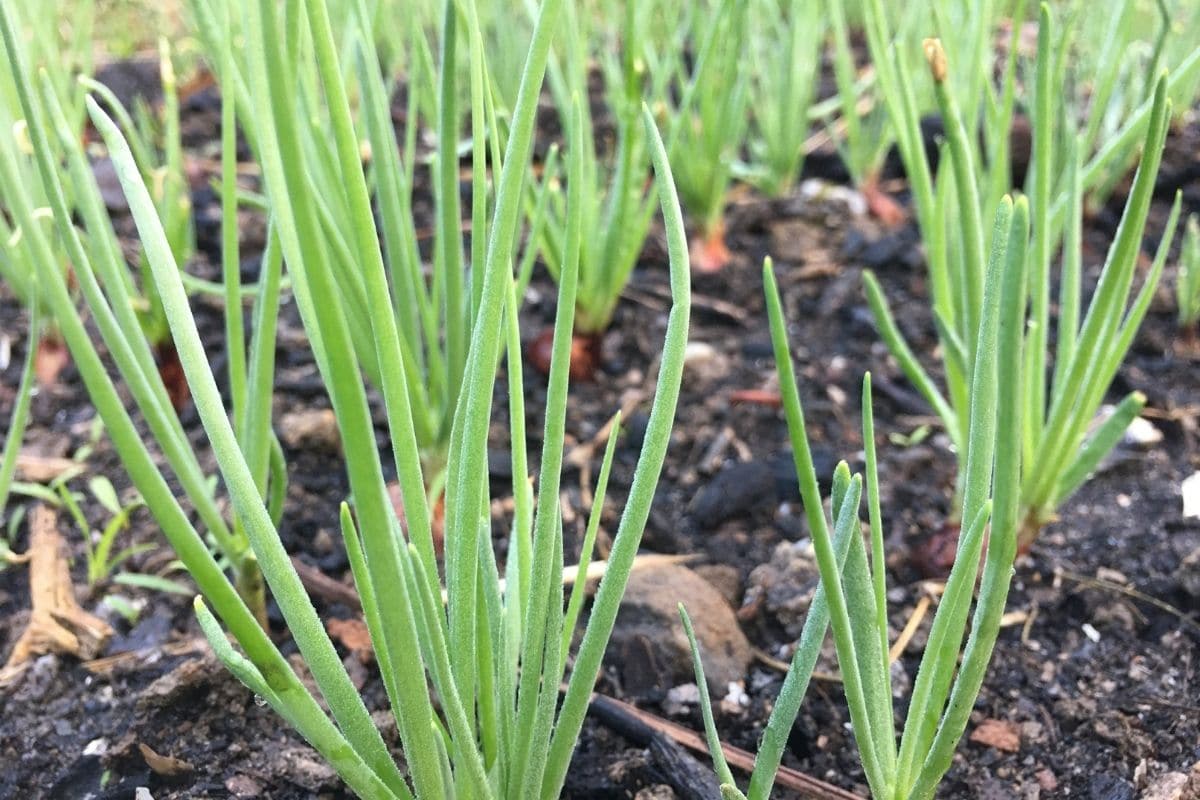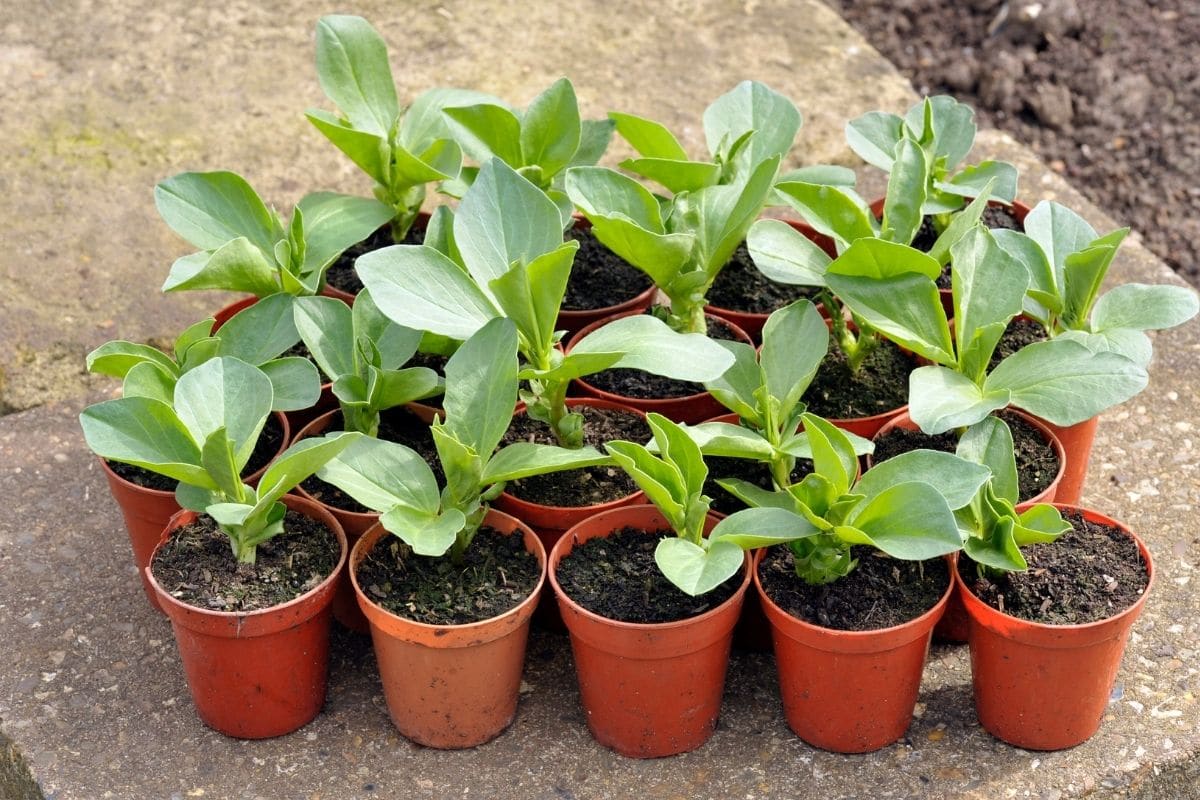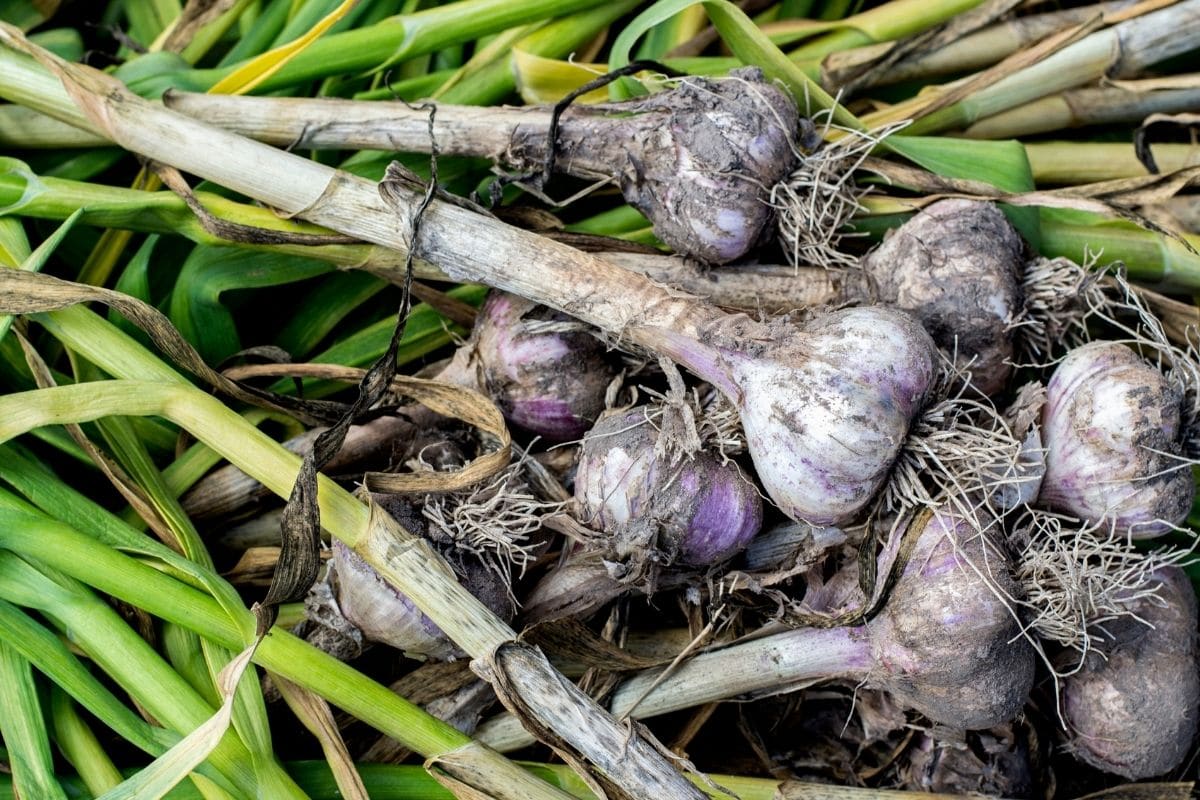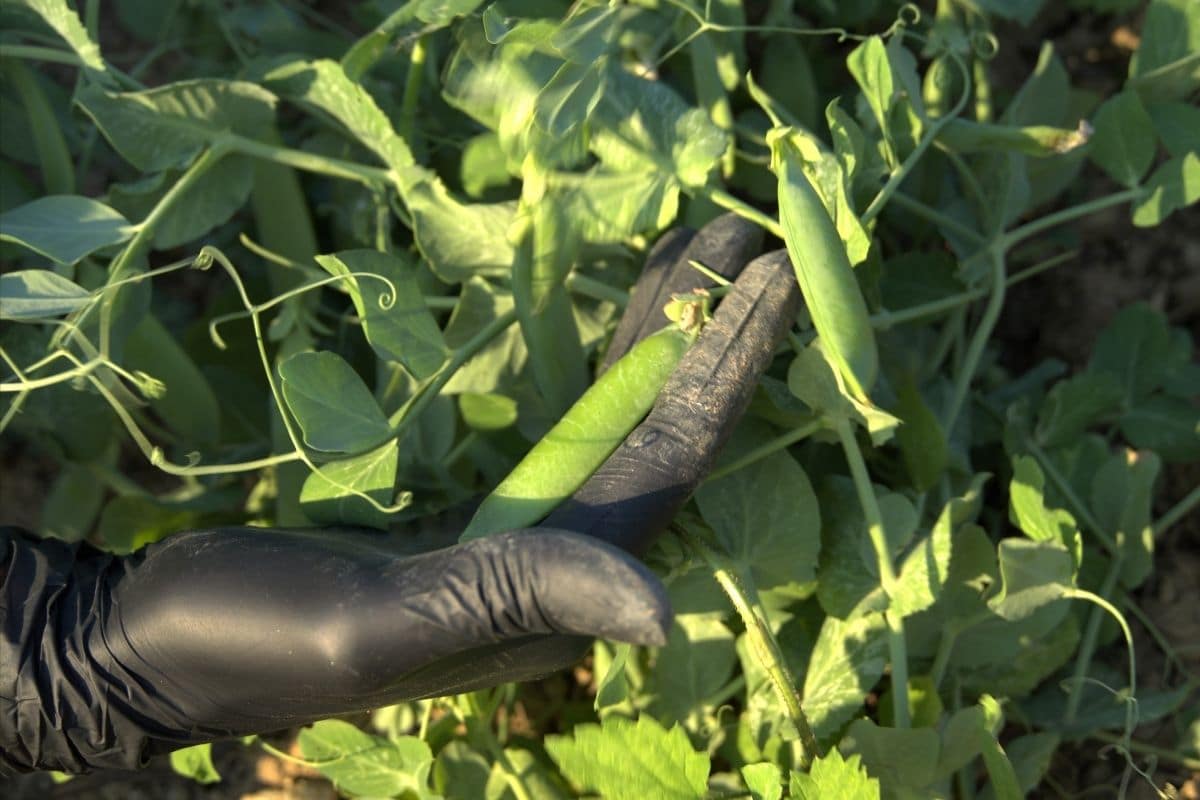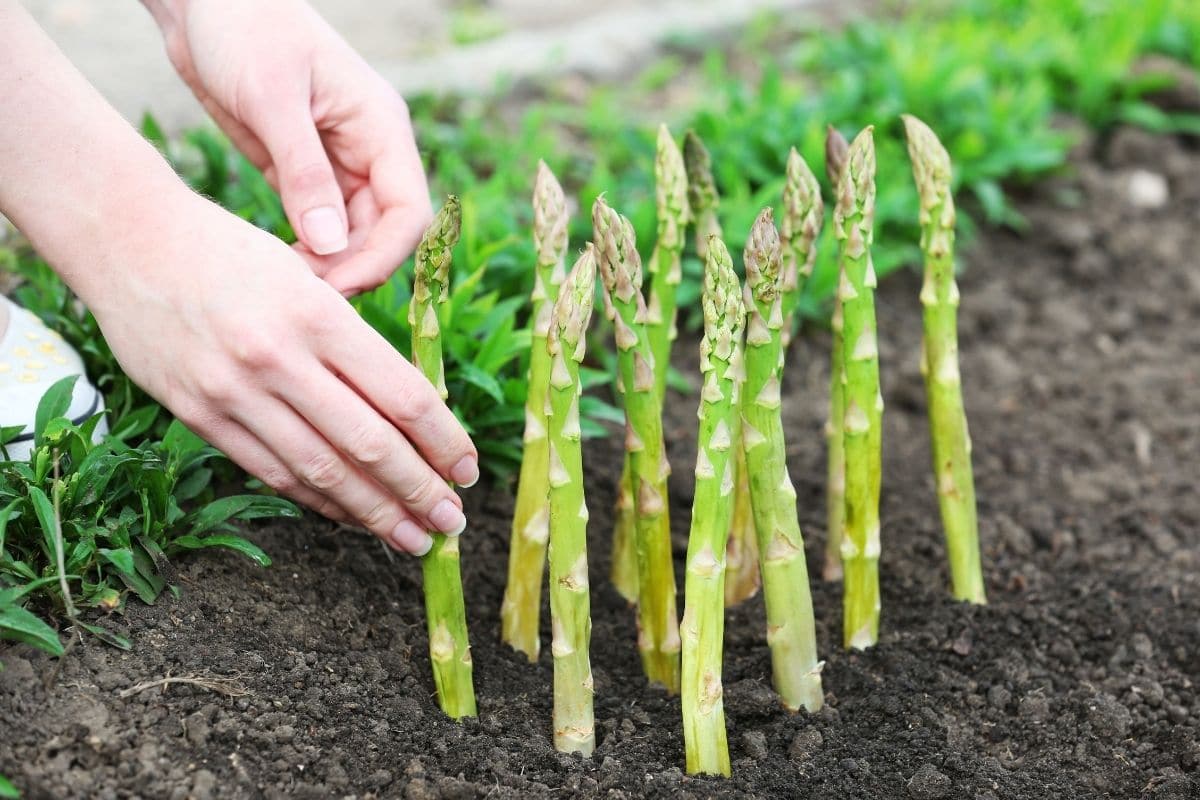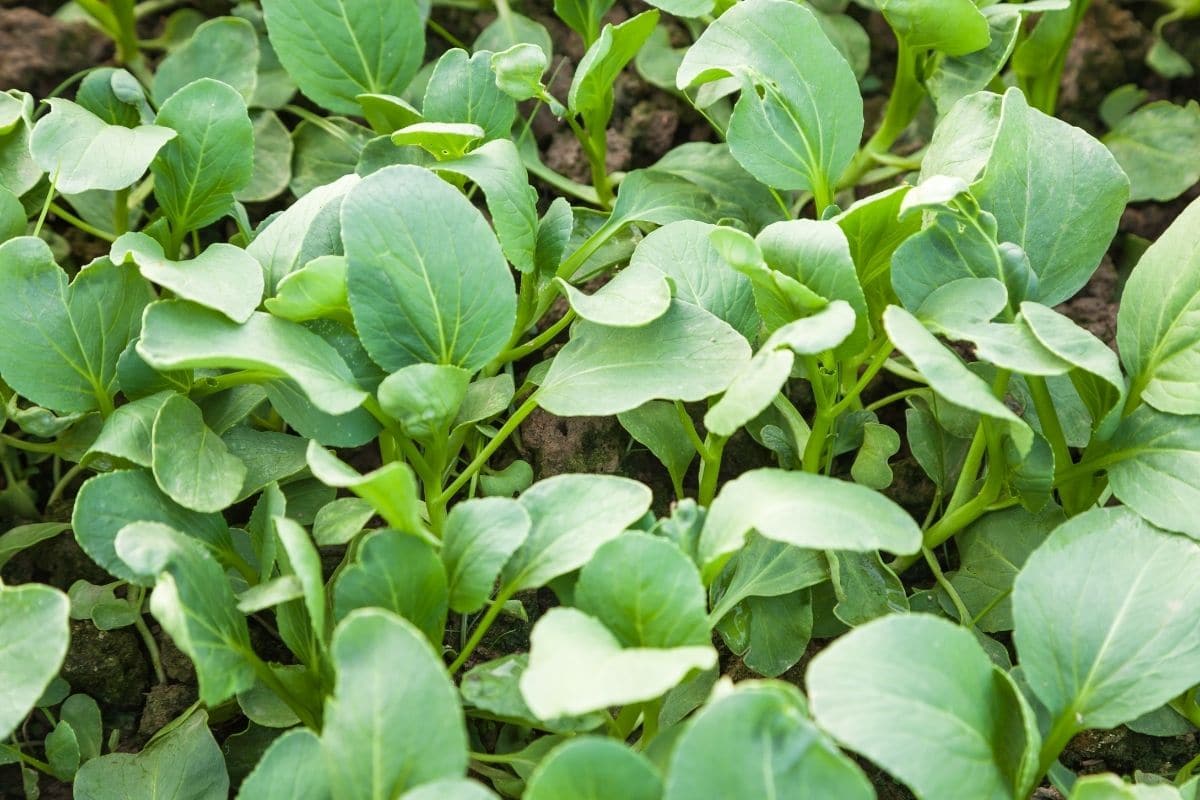Summer gets all the attention, doesn’t it?
From the fun of a 4th of July barbeque to the glory of a sunny summer’s day, there’s very little that gets missed when it comes to the beauty and bounty of summer.
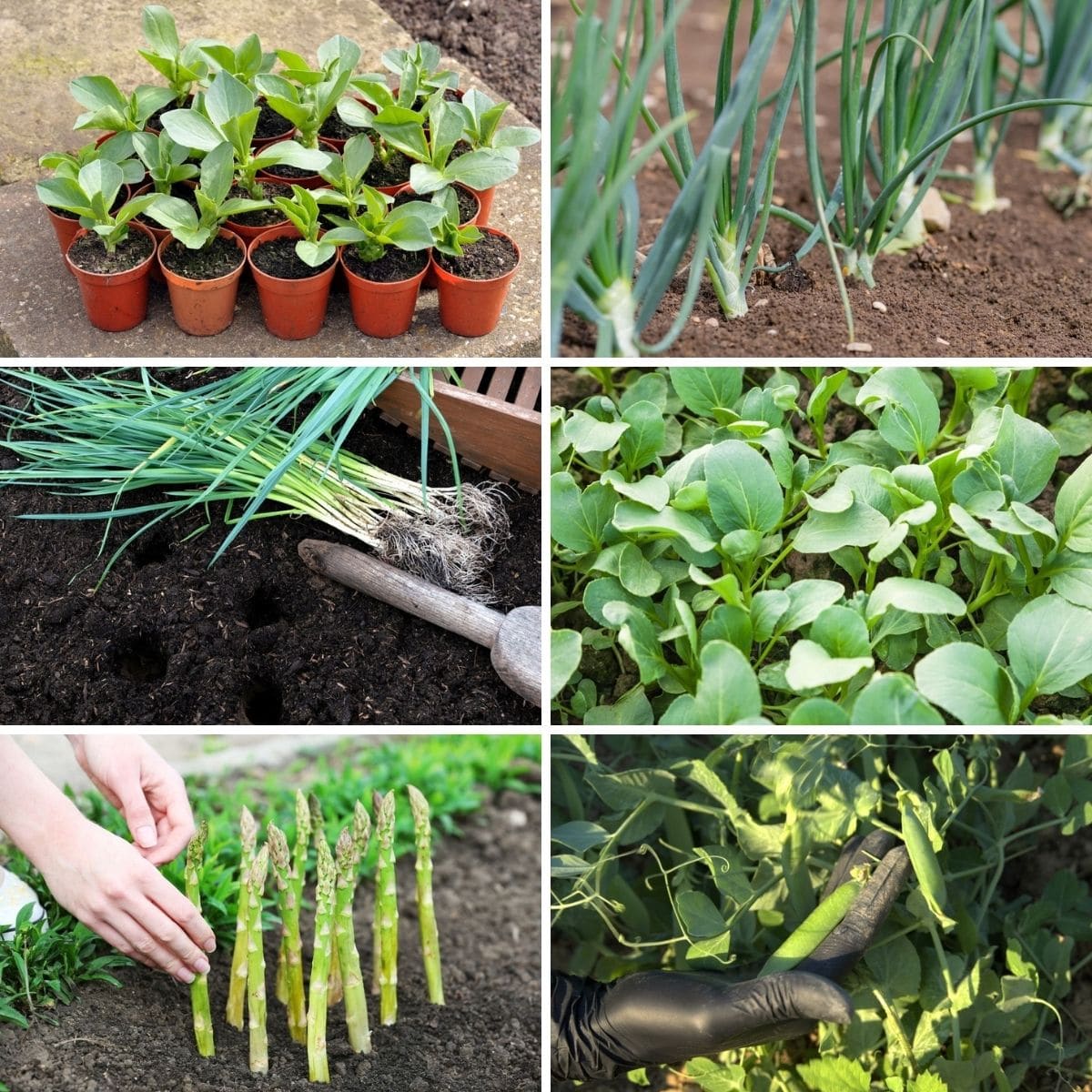
However, summer shouldn’t have all the fun – especially when it comes to your vegetable garden. Believe it or not, there are plenty of plants and vegetables you can plant in the late fall for a winter or spring harvest the following year.
Surprisingly, many winter vegetables are completely cold-hardy and will do well with winter weather. Although these plants may not be options in all growing zones (some crops are susceptible to a hard frost), many are good choices as long as you throw some covers over them to protect them from frost (you might want to check out our ideas for garden cloches to help).
Don’t believe us? Keep reading to learn more about some of the best options.
When to Plant Fall Crops
Timing a fall planting can be tricky, as you’ll want to consider the weather and climate patterns in your individual growing zone. For many people, the challenge in growing crops over the winter months isn’t necessarily the cold – it’s the lack of light.
Deciding when to plant will depend on your weather as well as what crops you are growing. If you’re hoping for a spring harvest, you’ll need a relatively mild winter for most vegetables (although some, like garlic, are hardy even in the coldest growing zones). Generally, you can plant a fall garden as late as November for a spring harvest.
While most winter crops can be planted directly in the ground and will withstand winter weather, it’s important to have a few resources on hand. For example, you may want to mulch around the roots of plants to prevent them from freezing hard. This can also help with moisture retention. You can find our one-stop guide to mulching here.
You might also want to have some floating row covers or greenhouse plastic on hand. This will keep your plants warm and protect them from both drying winds and extreme temperatures.
12 Plants and Vegetables You Should Plant in the Late Fall
1. Kale
No winter garden is complete without kale. Plant a few varieties, and you’ll find that, as the temperature drops, the flavor of your kale actually improves. You can grow it as a baby green for winter salads or allow it to mature for a heartier harvest in the spring.
2. Onions
Plant a few onion sets in the fall, and you won’t have to do much to care for them all winter. Generally, most varieties of onions have a longer time to harvest, so you won’t be able to pull them until July or August as it is (but if you want, you can harvest them earlier in the spring as shallots, perfect for stews and salads).
Just plan ahead, as your onions will take up space in your garden that you may have planned on using for spring plantings. Some good options for fall planting include ‘Electric,’ ‘Echalote Grise,’ and ‘First Early.’
3. Leeks
Leeks are also quite cold-hardy and can be planted in the fall for a spring crop. You may find that they do best with a bit of protection on the coldest days of winter (a row cover will work wonders). Otherwise, your leeks will be ready to go once the weather warms.
4. Spring Onions
Spring onions – as long as you choose winter-hardy varieties – are perfect for winter salads. Not only do they grow quickly, but planting these vegetables in the fall will yield onions that are ready for harvest in the spring. One good winter hardy cultivar to consider is ‘White Lisbon.
5. Broad Beans
Sow broad beans in the fall, rel=”nofollow” and you’ll be able to harvest beans a month earlier in the spring than you would if you had waited until spring to sow. One good option to plant is ‘Aquadulce Claudia,’ which establishes quickly and grows even more rapidly.
6. Garlic
Garlic not only can be planted in the late fall – but it should be planted in the late fall. This crop is meant to be grown over the winter months for a late summer harvest. There are several varieties you can choose from, including both hardneck and softneck cultivars. Some good options include ‘Chesnok Red’ and ‘Wight Cristo.’
7. Perpetual Spinach
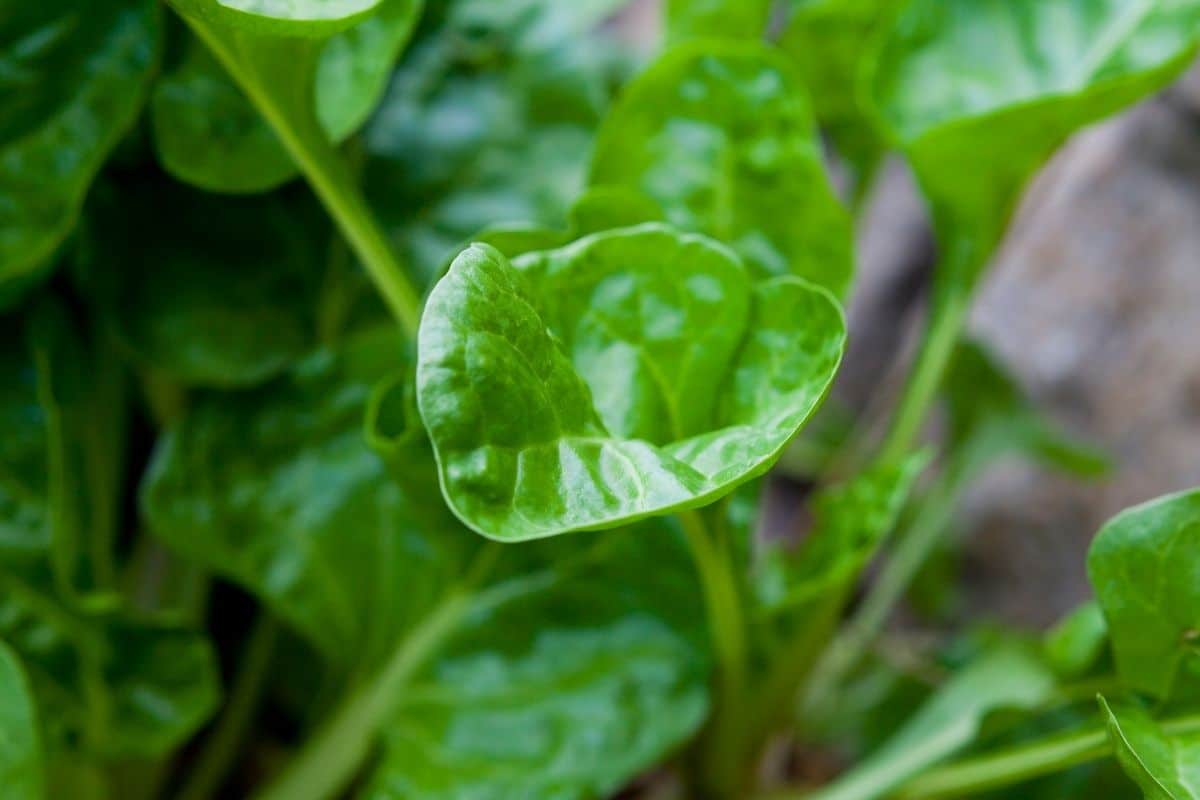
If you want bountiful leafy greens even during the coldest months of the year, you may want to grow some perpetual spinach. It’s a great crop that can be cut multiple times to give you huge yields.
Sow in the fall, and you’ll be supplied with greens all winter long. It can produce a crop long into the winter months, in fact, in some places. Just make sure you clip the flowers to prevent it from going to seed.
8. Peas
Even peas can be planted in the fall. You’ll want to choose rounded varieties like ‘Kelvedon Wonder’ and ‘Meteor,’ which are known for being hardier varieties. You’ll be the first one to harvest peas in this spring, as fall-planted peas are ready for harvest about three to four weeks before those planted in the late winter or early spring months.
9. Salad Greens
You can even grow salad greens during the winter – although it’s important to note that, for best results, you’ll want to grow in a greenhouse. Some good options include mustard greens, lamb’s lettuce, and land cress. You’ll be able to cut and come again all winter long – and even long into next summer before your spring-planted greens are ready to go.
If you haven’t planted lettuce before, you can check out this post all about making a lettuce globe as a great starting point!
10. Asparagus
Asparagus is a classic perennial vegetable that will provide you with a crop for decades after its original planting. Asparagus crowns can be planted either in the spring or fall, but if you plant in the fall, it will give you a jumpstart on the growing season next year.
An asparagus bed will most likely need to be permanent, but you’ll get up to 25 spears per year for 25 years of harvest. It takes two years to produce a crop, but tender asparagus is worth the wait. Some good options include ‘Mondeo’ and ‘Pacific Purple.’
11. Carrots

As long as you can grow them in a cold frame, carrots can easily be planted in the fall for a spring or summer harvest. Plant carrot seeds in November and you’ll be able to harvest them in July. Just make sure the ground doesn’t freeze around the tubers.
12. Pak Choi/Bok Choi
Both Pak Choi and Bok Choy can be grown over the winter. You can harvest tender leafy greens throughout the winter to be used in salads, or you can allow the heads to mature and harvest the stems for stir-fries. Pak Choi, in particular, matures quickly and will be ready to go first thing the following summer.
Why You Should Plant a Late Fall Garden
Planting a garden in the late fall will not only allow you to extend your workable time in the garden but there are quite a few vegetables that can thrive all winter long. That way, you’ll have an earlier crop than if you planted in the spring.
You’ll need to be organized and get your beds ready in order to get a fall garden in the round on time. However, if you start planning now, you should be able to grow enough crops for a bountiful harvest – even after winter has settled in for good. We’ve even got a guide to help you get the rest of your garden ready for winter.
Consider planting these twelve plants and vegetables this fall – you won’t regret it.

